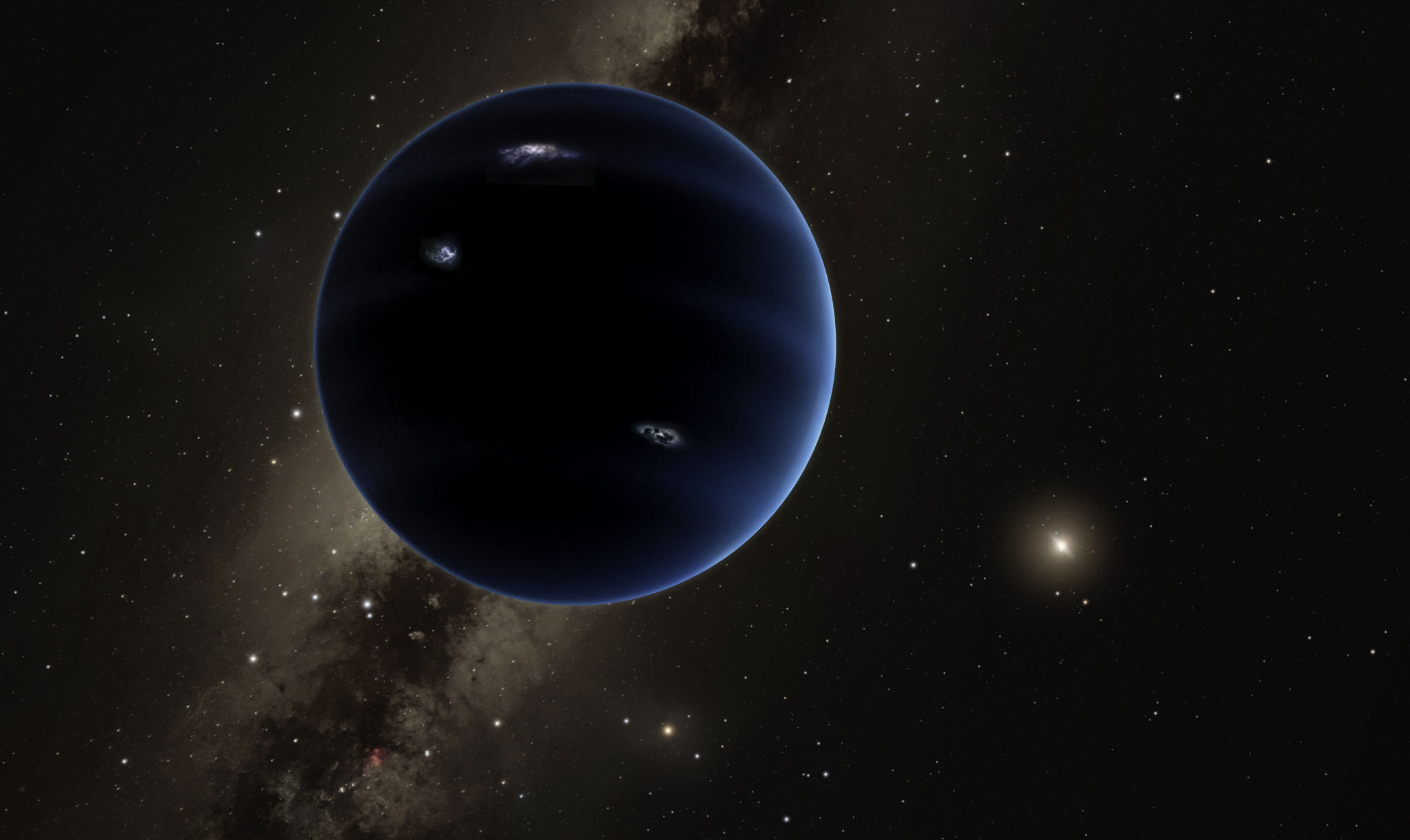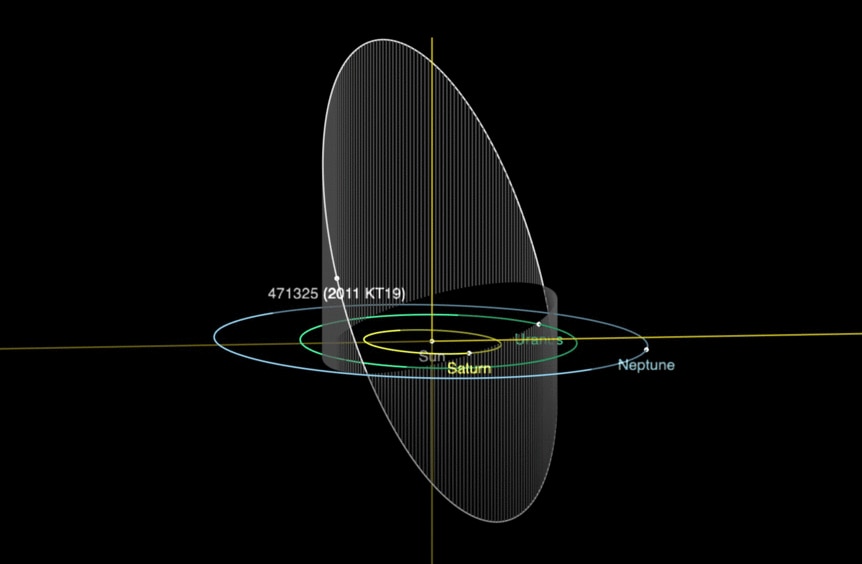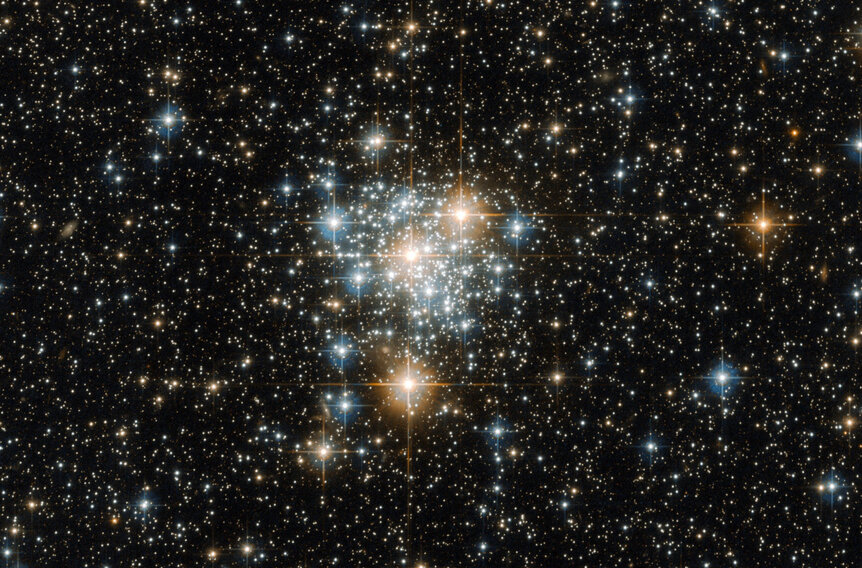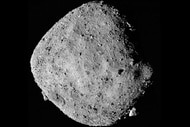Create a free profile to get unlimited access to exclusive videos, sweepstakes, and more!
Has the Sun captured dozens of asteroids from another star? Wellll…

A new paper just published claims that some members of a group of odd objects called centaurs may actually be bodies captured by the Sun from other stars when the solar system was very young. It's a followup work the same pair of astronomers did where they claimed that a very weird asteroid orbiting near Jupiter was also of interstellar origins.
If true, it's a very big deal! We'd have samples of objects born around other stars just waiting for us to go and take a look at them. That's terribly exciting. I've seen it getting covered on quite a few news sites, too.
But is it true? Well, it might be, but I'm pretty skeptical (and, to be fair, I was pretty skeptical about their earlier claim about the other weird asteroid as well). To understand why, we need to take a look at these objects, and what the astronomers did.
Centaurs are so named because they're like half asteroid, half comet. They're rocky iceballs (or icy rockballs) that orbit the Sun, and, similar to comets, they live far out from the Sun on elliptical orbits, but similar to asteroids their orbits take them in between the orbits of the giant outer planets.
The problem is that, for a small set of them — just 19 — no one knows how they got there. The ones in this group have weird orbits that are highly inclined to the plane of the solar system, and some of them even orbit the Sun retrograde (backward relative to the direction the planets revolve). Either they always had orbits like that, or they somehow started off with normal orbits and got kicked into those weird configurations by getting too close to a planet, which warped their paths.
The thing there is, with the eight major planets we have, there's just no way interactions would be able to send those centaurs into those odd orbits. Starting with that assumption, the astronomers decided to use a computer simulation to run the orbits of these objects backward in time, to see if they could glean their origin stories. To do this, they use what's amusingly called a clone swarm: They run the simulation on a million objects that have very similar but not exactly the same orbits as the known objects. We don't know the orbits of the centaurs precisely, and small changes in the orbit now can mean big changes over billions of years. This kind of simulation accounts for that, allowing you to look at things statistically. A million is a big sample, and gives you a good idea of how changes propagate.
What they found is that in every case, stable orbits exist that go back 4.5 billion years to the beginning of the solar system! From there, they conclude that the objects were therefore in those orbits for that long, and therefore could not have formed with the solar system. They must be alien — formed around another star, and captured into these weird orbits in a close encounter between that star (or stars) and the Sun.
But hang on a sec! Just because stable orbits exist doesn't mean those centaurs have been in them that long. Also, in every case, only a handful of the clones were able to survive all this time. For the most part, 99.99% of the clones were either ejected from the solar system or crashed into the Sun or a planet, leaving only a few dozen potential stable orbits out of a million. To me that argues that it's incredibly unlikely these objects survived that long in these orbits! If they were stripped from another star, there would have to be hundreds of thousands of them stolen just so the few we see can make it. That strikes me as unlikely.
Also, there's another explanation. In a paper published in 2016, a different pair of astronomers* looked at a more local solution to the centaurs. They think there is another, as yet undiscovered, planet orbiting the Sun way out past Neptune, due to the way a lot of small icy bodies out past Neptune appear to have their orbits aligned. A large planet gravitationally tugging on these objects can solve that mystery, and they've been looking for "Planet Nine" for some time now.
In their paper they propose that Planet Nine explains the weird centaurs as well. They ran some simulations and found that interactions with this planet slowly affect the orbits of objects, pumping up their orbital inclination, and even driving some to become retrograde. In fact, two of the objects (2011 KT19 and 2008 KV42) were also looked at by both teams, and both claim their method explains why these two objects have orbits nearly perpendicular to the plane of the inner solar system, a configuration that is very difficult to achieve.
So who’s right? Well, to be blunt, that’s not possible to say at this moment. It's certainly possible the Sun could've stolen comets from another star, especially if we were born in a cluster of stars, which means there would be lots of close encounters between them. But the method they employ to show this in their paper … well, it doesn't convince me. And it involves a stellar encounter or series of encounters we don't have any evidence for. And the authors assume they have accounted for everything that could affect the centaurs, which is a difficult thing to do. Directly proving this idea is problematic, to say the least.
The Planet Nine idea doesn't invoke stellar encounters, and uses a simulation method that is more established. You might argue that we don't know if the planet even exists, which is fair, but this idea solves a lot of peculiar issues in the outer solar system. It's like a Swiss Army Planet, a tool that can be used to make sense of many mysteries out there. That, to me, lends it credence.
The best (and probably fastest) way to solve this issue is to find the planet. Searches are underway, and if it exists it could be found in the next few years. Once the orbit of it is understood, the simulations could be rerun with more accurate numbers to see if it still explains things like the oddball centaurs.
And if no planet is found? Then that eliminates one possible explanation, and makes these centaurs even harder to explain. Perhaps it would lend more credence to the interstellar thievery idea. But even then, in my opinion, a better case still needs to be made.
*Full disclosure: One of the authors is Mike Brown, who is a friend of mine and to whom I spoke both about this recent work and the earlier one about the weird asteroid near Jupiter.

















